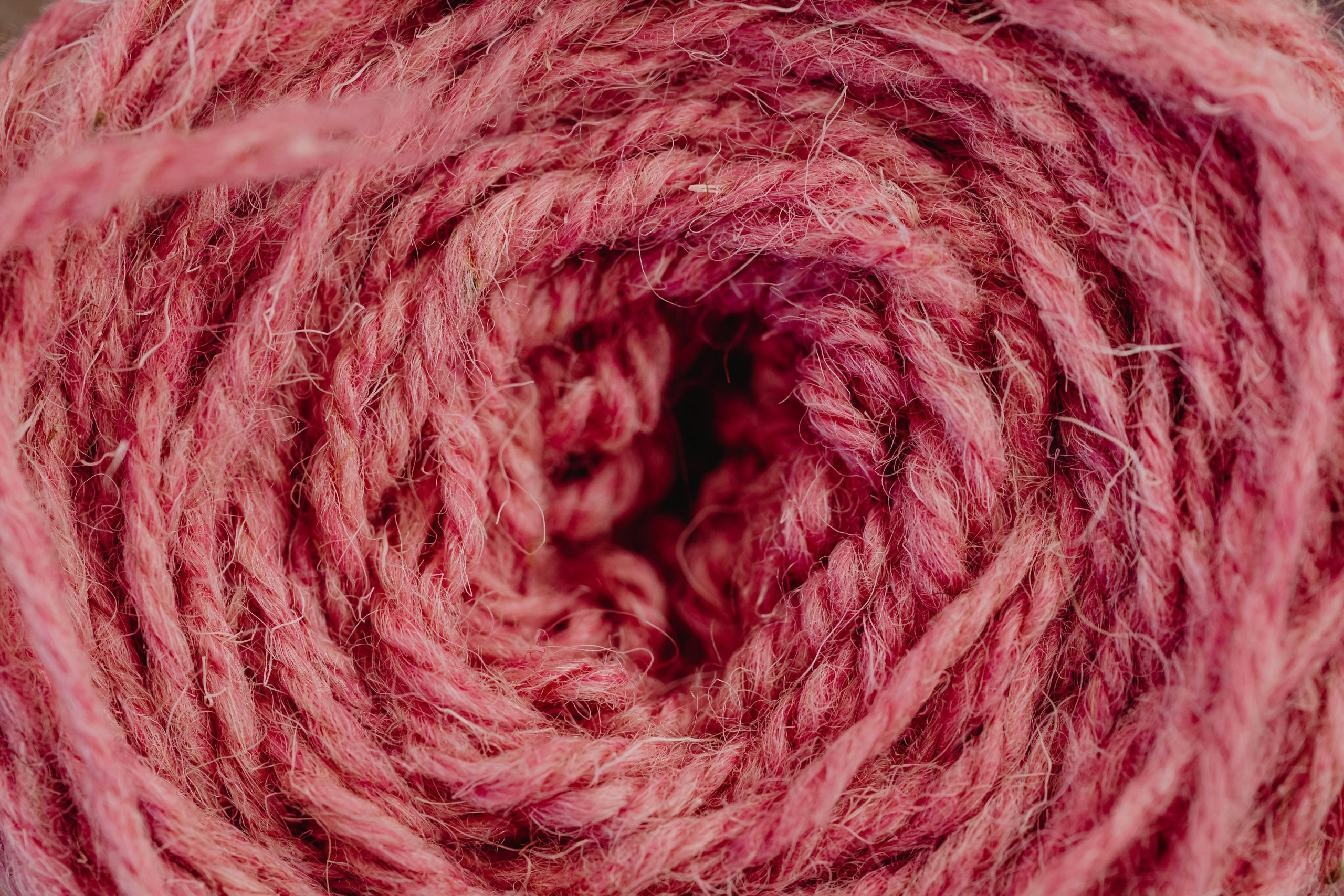Fashion and Sustainability: The Growing Importance of Circular Economy
The fashion industry has a significant impact on our planet, from the production of raw materials to the disposal of finished products. In an effort to reduce this impact, sustainability has become a hot topic in the fashion world. One approach gaining momentum is the circular economy, which focuses on minimizing waste and maximizing the lifespan of products. In this article, we will delve deeper into the concept of circular economy and its growing importance in the fashion industry.
The Current State of the Fashion Industry
Over the years, the fashion industry has seen exponential growth and has become a multi-billion dollar industry. However, this growth has come at a high cost to the environment. From the extraction of raw materials to the disposal of garments, the fashion industry contributes to pollution, greenhouse gas emissions, and the depletion of natural resources. Fast fashion, characterized by producing cheap and trendy garments at a rapid pace, has led to an increase in the demand for new clothing and a decrease in the lifespan of garments.
In addition to environmental issues, the fashion industry also faces ethical concerns. The rise of fast fashion has resulted in exploitative labor practices, including low wages, poor working conditions, and child labor. The consumers’ desire for cheap and trendy clothing has led to a race to the bottom, where fashion brands prioritize profit over people and the planet.
The Concept of Circular Economy
The circular economy is a regenerative approach to resource management that aims to minimize waste and promote the reuse and recycling of materials. Instead of following a linear model of production, consumption, and disposal, the circular economy seeks to create a closed-loop system where resources remain in use for as long as possible. This approach focuses on the entire lifecycle of a product, from production to end-of-life, with the goal of creating a more sustainable and circular economy.
In the fashion industry, the circular economy aims to reduce waste by designing garments to be long-lasting, easily repairable, and recyclable. It also encourages clothing rental and resale, extending the lifespan of clothing items and reducing the need for new production. Furthermore, this approach promotes the use of recycled and sustainable materials, such as organic cotton, recycled polyester, and biodegradable fabrics.
The Role of Technology in Promoting Circular Fashion
Technology has played a crucial role in promoting circular fashion. With the rise of e-commerce and social media, consumers have become more aware of sustainability issues in the fashion industry. This has led to an increase in demand for sustainable and ethical fashion, pushing brands to adopt circular practices. Additionally, technology has made it easier for consumers to rent, swap, or resell clothes, giving garments a second life and reducing the volume of clothing sent to landfills.
Advancements in technology have also made it possible to track and trace garments’ entire lifecycle, promoting transparency in the supply chain. Blockchain technology, for example, allows for tracing the origins of materials and ensuring ethical and sustainable practices are followed. This gives consumers the power to make informed choices and hold brands accountable for their production processes.
The Growing Importance of Circular Economy in Fashion
The fashion industry’s environmental impact and ethical concerns have gained more attention in recent years, with consumers and governments demanding change. In response, many fashion brands have started to adopt circular practices to reduce their impact and ensure sustainability throughout their supply chain. In fact, according to a report by the Global Fashion Agenda, by 2020, 74% of fashion companies had adopted circular economy principles in their business.
The growing importance of circular economy can also be seen in government policies. For instance, the European Commission’s Circular Economy Action Plan aims to accelerate the transition towards a more circular economy and includes measures specific to the fashion industry. This includes promoting sustainable design and production, supporting sustainable consumption, and promoting textile waste collection and recycling.
The Future of Circular Fashion
The circular economy is not only vital for the fashion industry but also necessary for the planet’s long-term sustainability. As consumers become more aware and conscious of their purchasing decisions, the demand for circular and sustainable fashion will continue to grow. As a result, we can expect to see more fashion brands adopting circular practices, from sourcing sustainable materials to implementing closed-loop production processes.
Moreover, the use of innovative technologies, such as artificial intelligence and 3D printing, will further enhance the circular economy’s impact in the fashion industry. These technologies can help create personalized garments, reduce waste, and drive circularity in supply chains.
In Conclusion
Fashion and sustainability are no longer mutually exclusive concepts. With the growing importance of circular economy, the fashion industry can reduce its environmental impact and promote ethical practices. The shift towards a more circular fashion industry will require collaboration between different stakeholders, from brands to consumers and policymakers. As consumers, we have the power to drive this change by supporting brands that prioritize sustainability and demanding transparency in supply chains. By embracing circular practices, we can create a more sustainable and circular future for the fashion industry and our planet.









